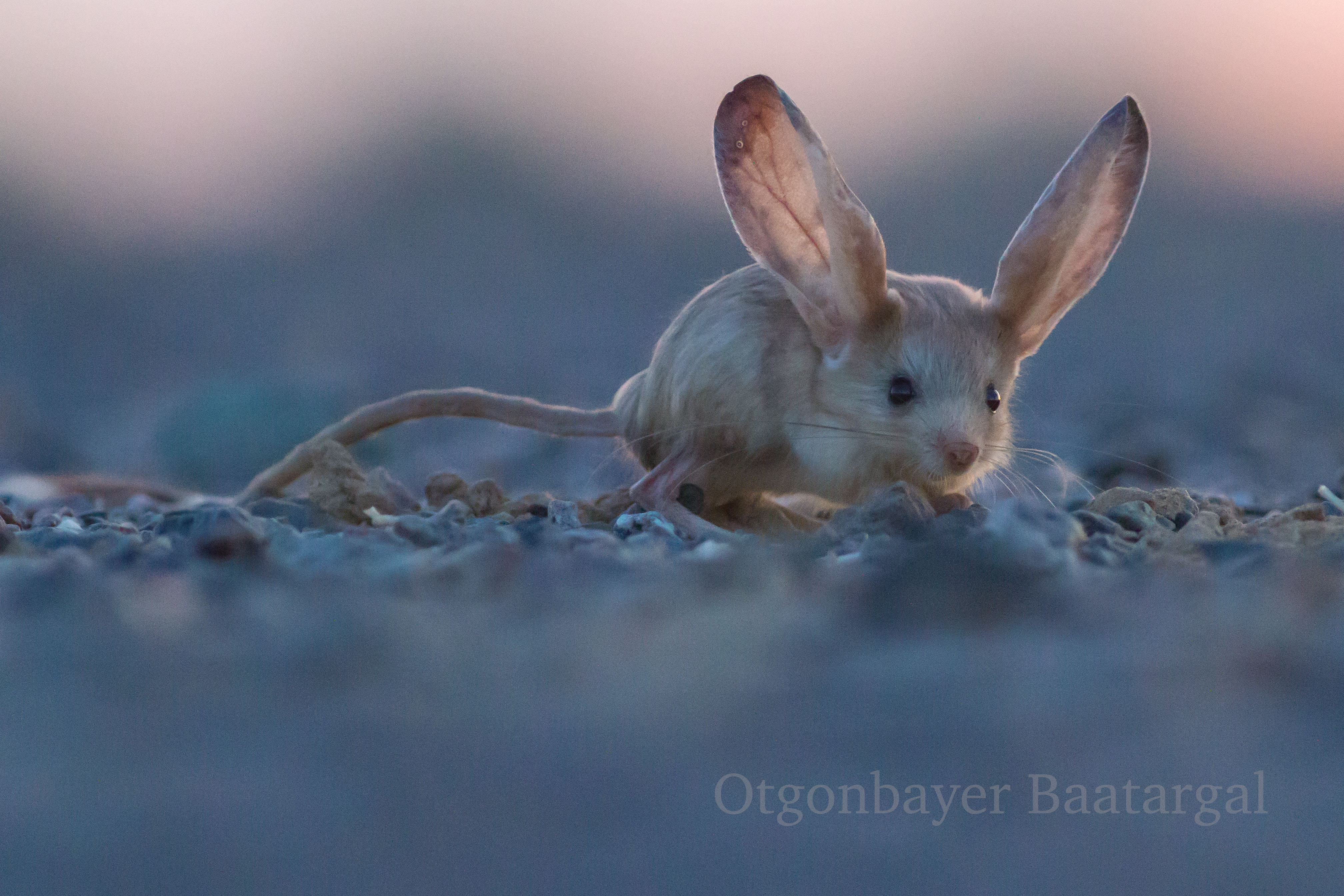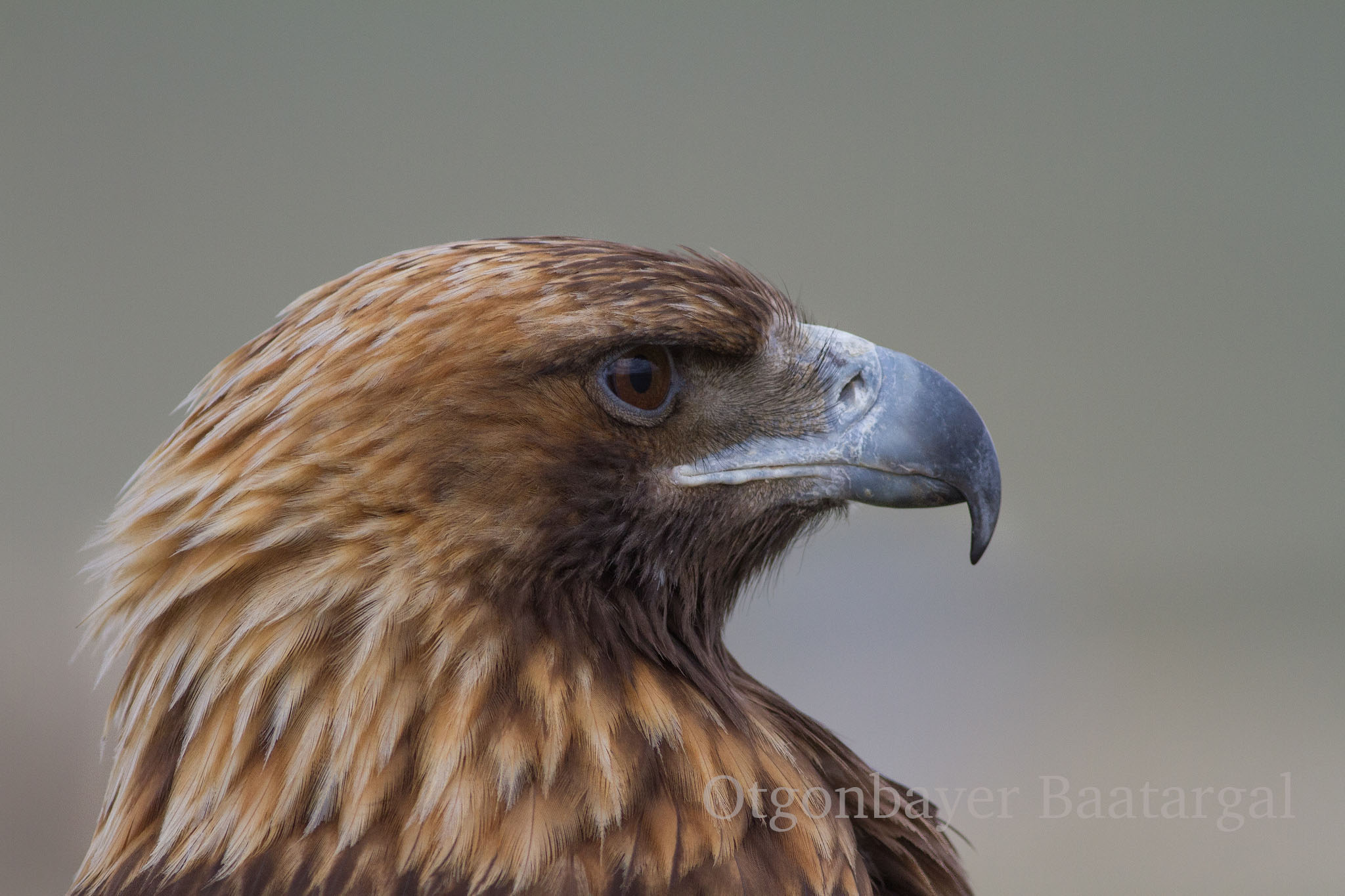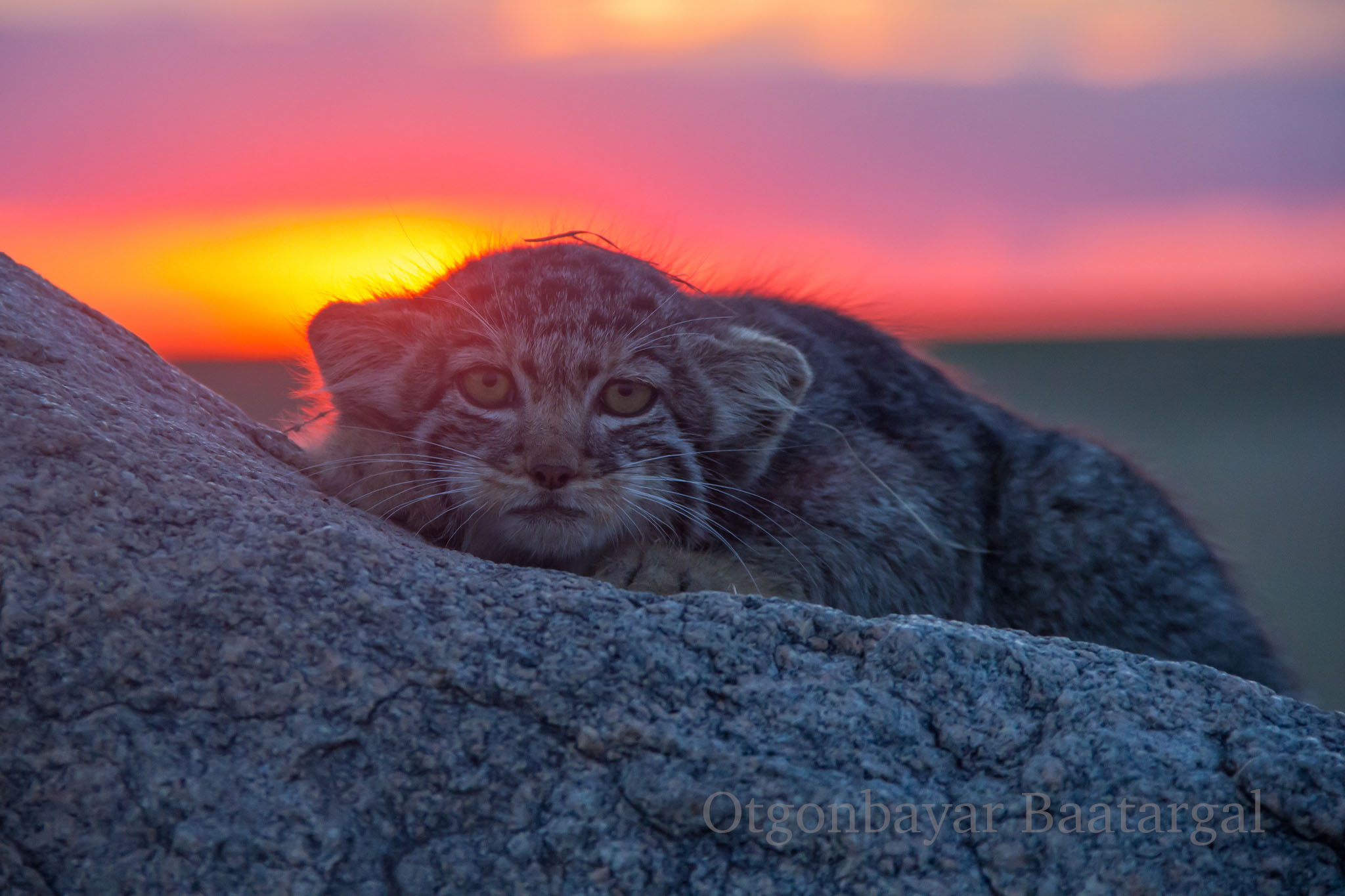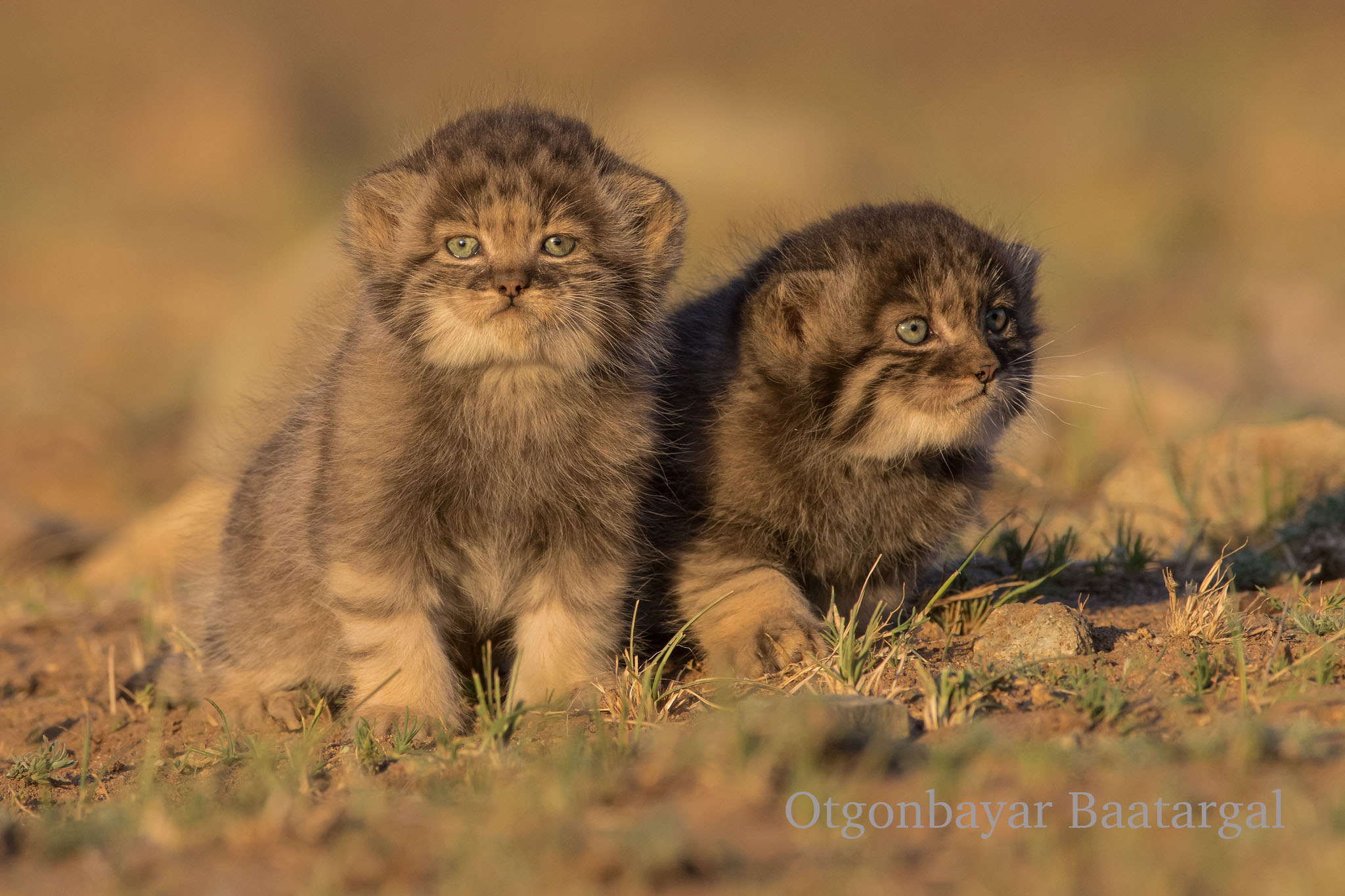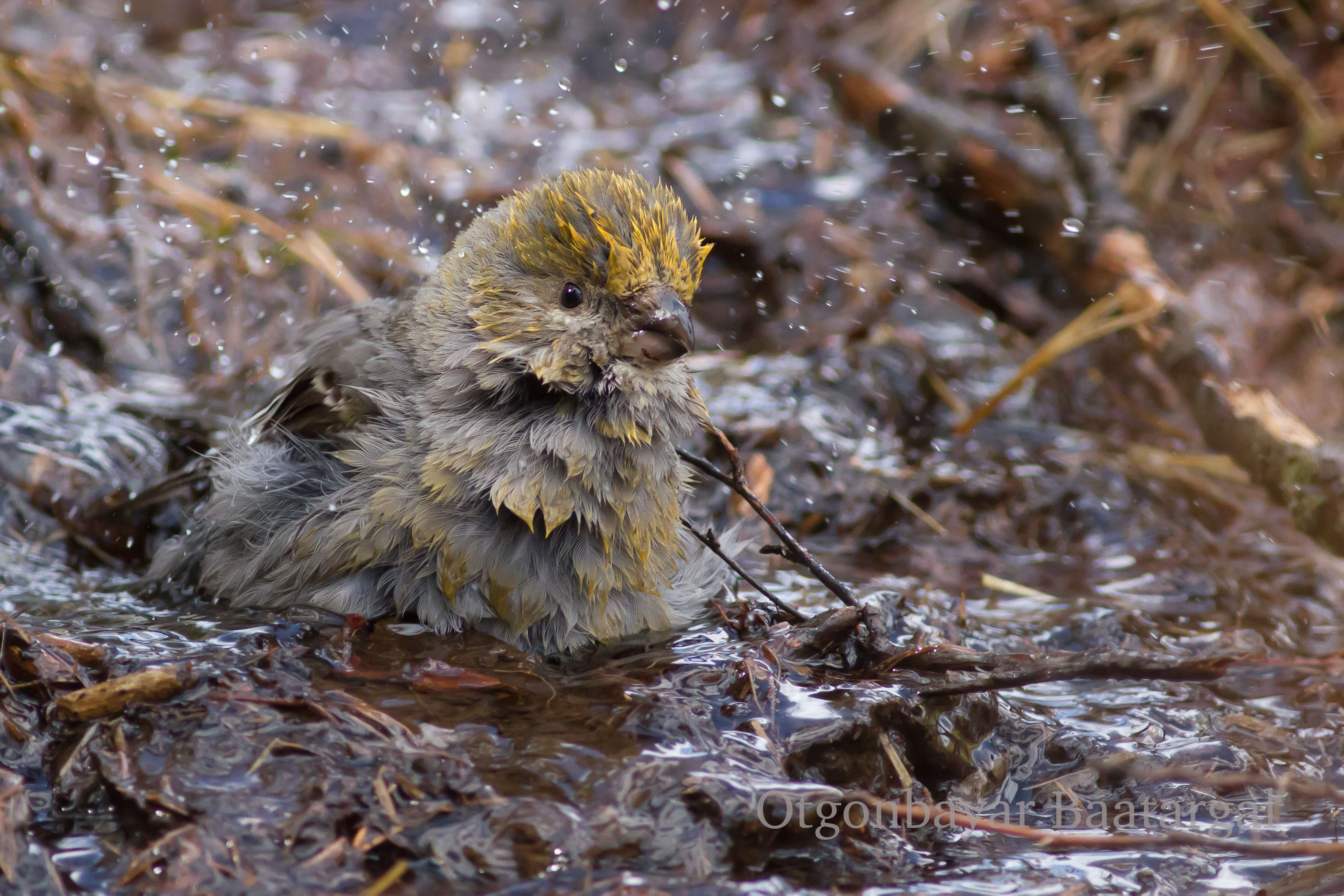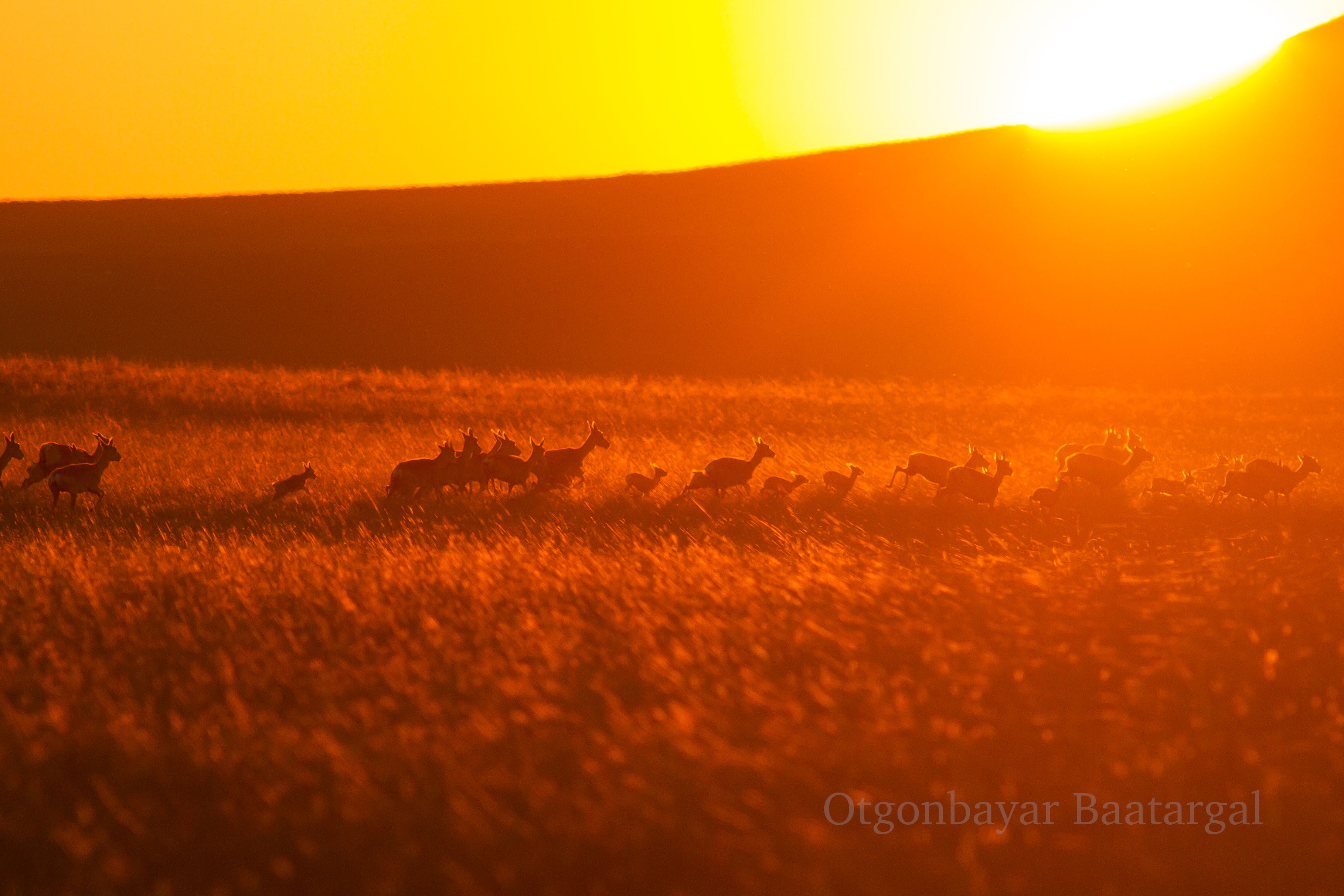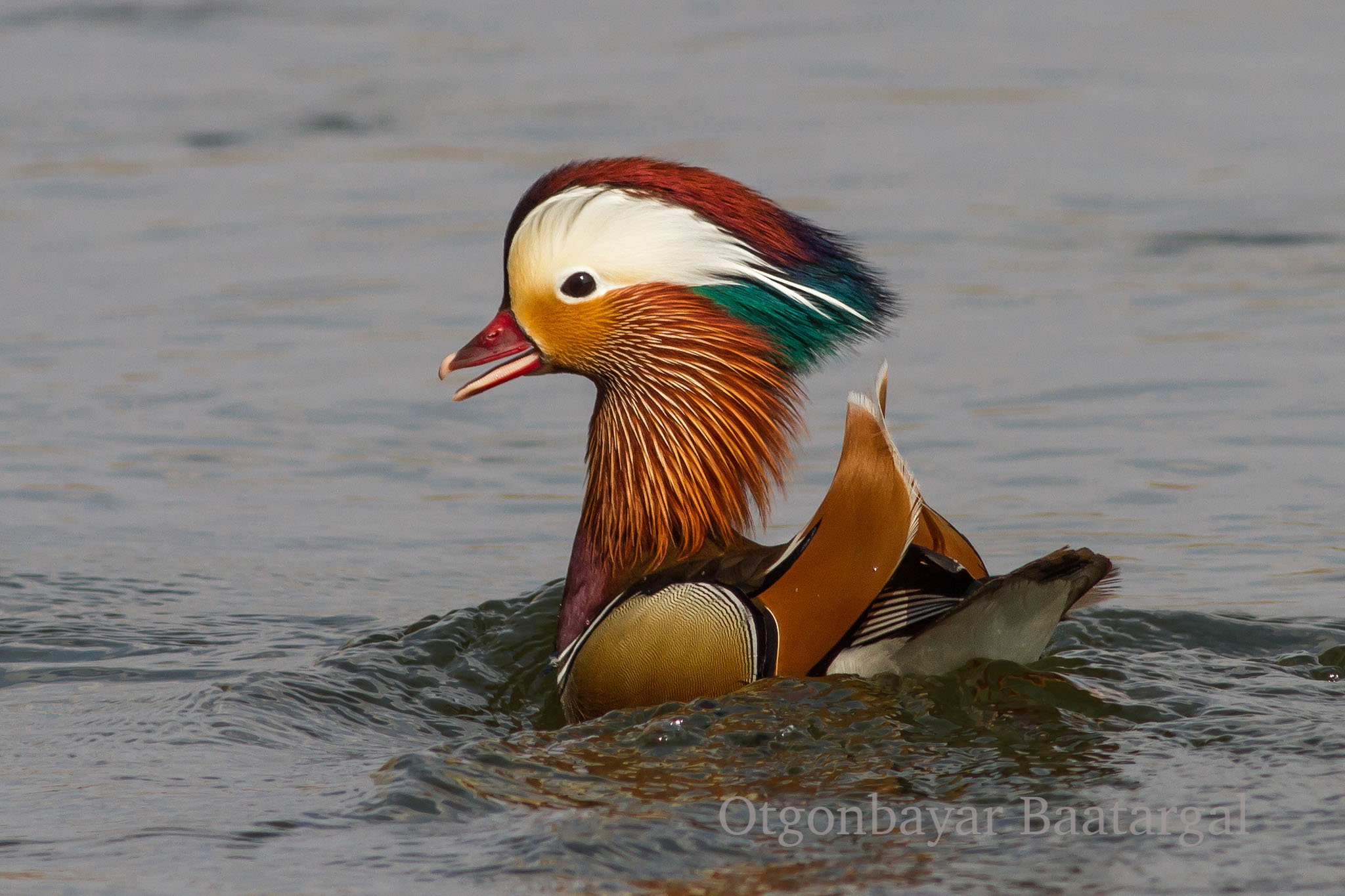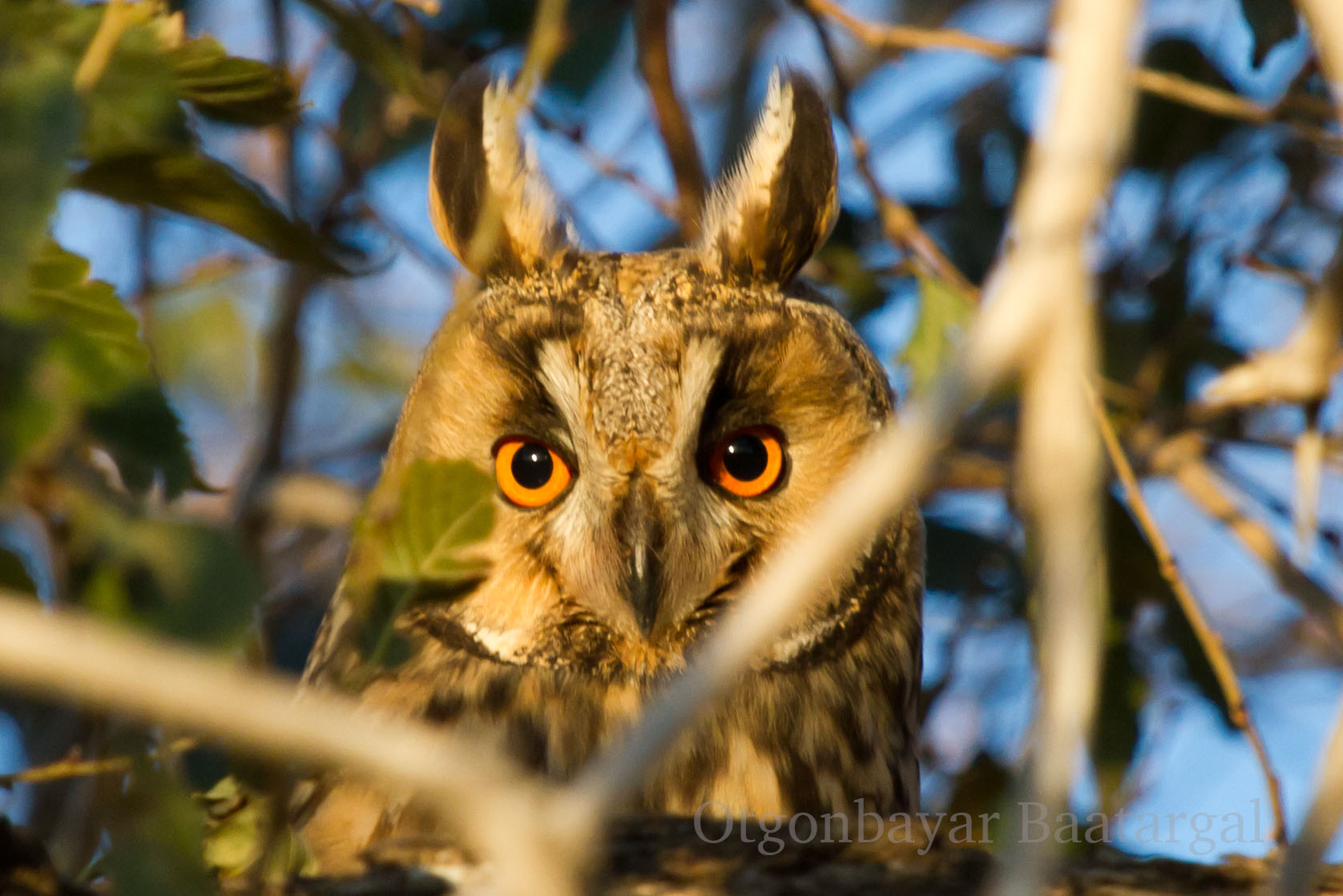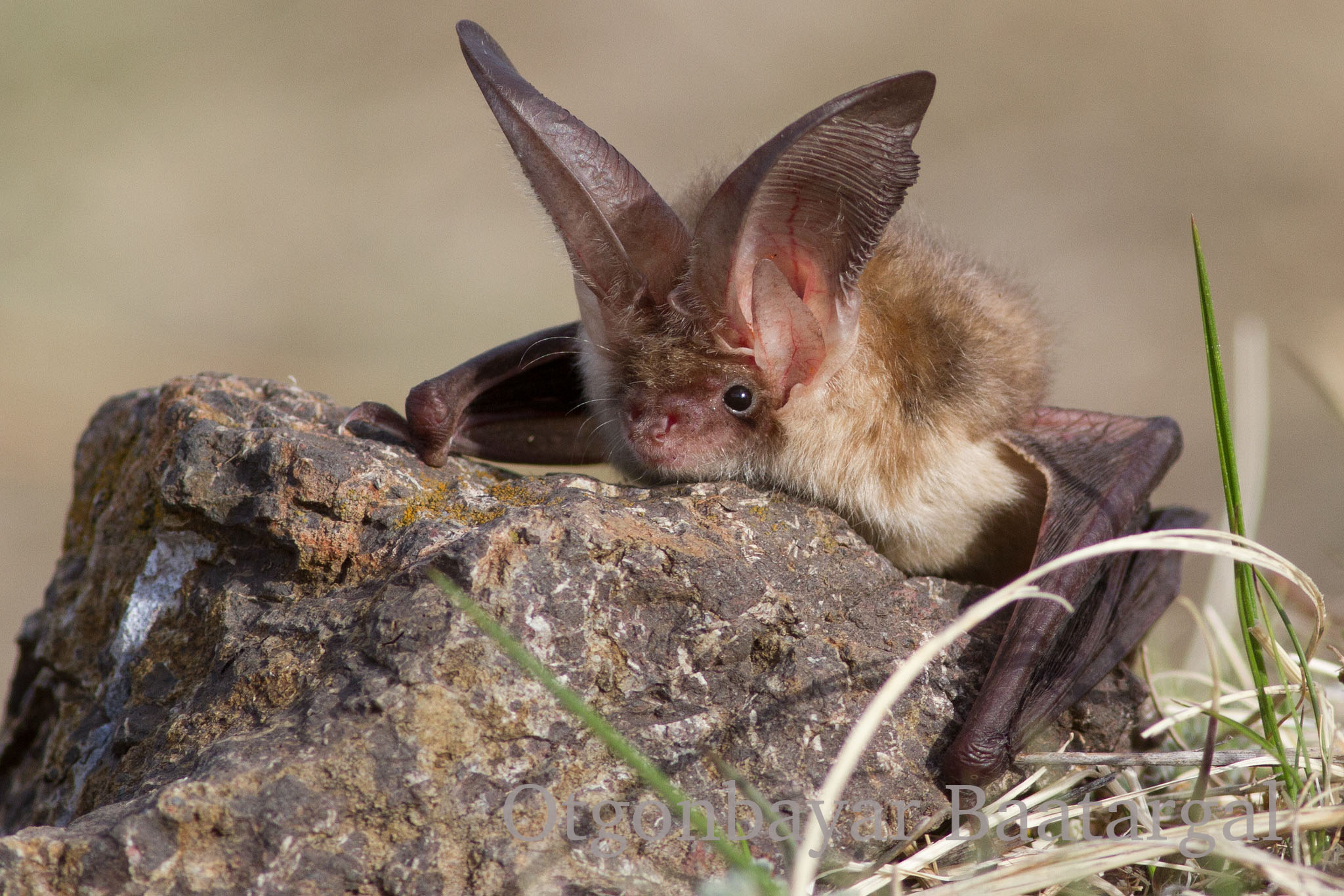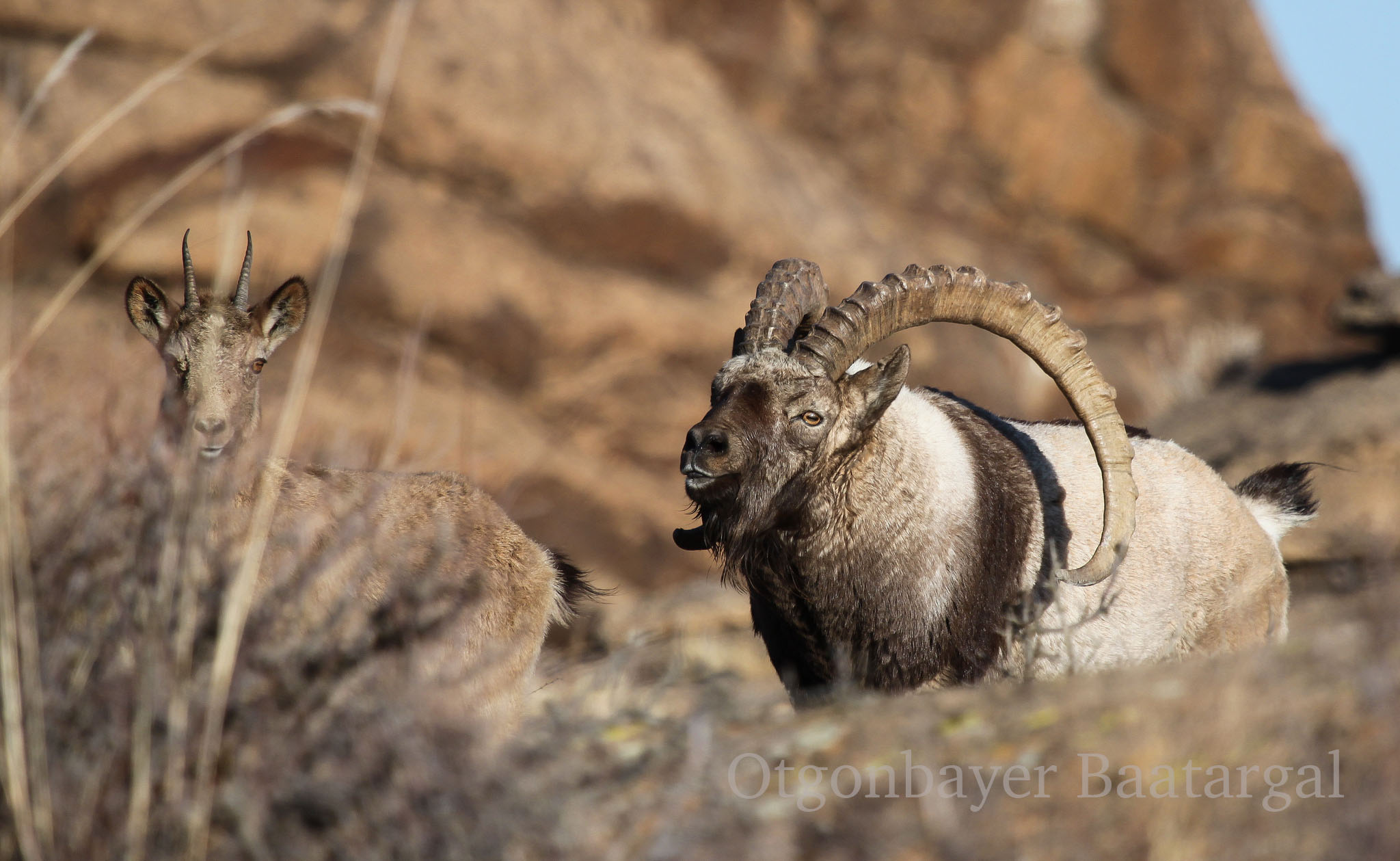Catch them at the right moment, and Pallas’s cats look like little gremlins, with wild eyes and sharp fangs. If you’re a small bird – watch out.
But as scary as they look, they’re not a threat to us. It’s more the other way around.
They’re quick to hide. And they’re pretty small, even if their fur poofs them out so they look bigger than they are. Getting footage of them in their habitat can be tough.
So how did we get so much great footage of these wildcats for our Pallas’s Cats episode? The Animalogic team turned to experts in the field – literally: Buyandelger Suuri and her husband Otgonbayar Baatargal. They’re wildlife researchers and photographers who live in Mongolia and study animals in the steppes of Central Asia – a vast region of grasslands and savannah.
Thanks to them, we got killer footage of these furry little balls of fury.
While both Buyandelger and Otgonbayar study animals in the field, Otgonbayar is the sharp-eyed shooter.
“Otgonbayar was born in the countryside, in the steppes region,” says Buyandelger.
“His eyes are very sharp, very strong, so it’s easy for him to see animals.”

That gives him a huge advantage as a wildlife photographer. He can spot any unusual movement in the distance, even a small Pallas’s cat. That’s not easy, given the cats blend into their habitat, and they like to hide.
“They always try to hide because they’re not so strong,” says Buyandelger. “They have many predators – the steppe eagle, red fox, and they’re always afraid of humans.”
Once Otgonbayar spots animals like the Pallas’s cat at a distance, he can keep his distance and still take great pictures and video. He has two digital cameras he uses for all his photos and video: a Canon 60D and 70D. He multiplies the power of his eyes with two super-telephoto lenses (a 400mm lens and 600mm lens) to get closer images.
With such eagle eyes, it makes sense Otgonbayar works in an ornithology lab studying birds at the Institute of General and Experimental Biology at the Mongolian Academy of Sciences.
He uses the same trick animals use to avoid detection: camouflage – like wearing a white snowsuit in winter.
Buyandelger doesn’t worry so much about camouflage. She takes field notes on the animals she studies.
Even though she grew up in the city, not the steppes, Buyandelger has loved animals since she was a little girl.
“I was always feeding them,” she recalls.
One time when she was in the countryside with her uncle, she caught a ground squirrel and brought it back to the city. “I was the only girl with a ground squirrel pet,” she says, laughing. She also had a rabbit.

She turned her love of animals into a career.
She has studied and published scientific papers on foxes (the red fox and corsac fox) as well as smaller mammals like the Mongolian marmot, collaborating with international scientists including James Murdoch, who is now a professor at the University of Vermont. She is currently working on her PhD thesis on marmot burrows.

She has done a lot of field work at the Ikh Nart Nature Reserve in Dornogobi, a province in the Gobi Desert in southeastern Mongolia. That’s where she met Otgonbayar, who was studying argali sheep and ibex at the same reserve. They married in 2011, and have four children – hoping to raise their kids with the same love of animals they have.
On top of their research work, Buyandelger and Otgonbayar are setting up the Steppe Wildlife Research and Conservation Centre in Sükhbaatar Province in the east of the country. See? The Pallas’s cat is part of their logo!
They have done outreach work on Pallas’s cats with villagers in the region.
“We did educational work for schoolchildren and the local people,” says Buyandelger. “It was very successful.”
“Younger children like Pallas’s cats, and now understand what we are doing and how Pallas’s cats are important for the ecosystem. It is very important conserving them.”
While Pallas’s cats are not endangered, they are a Nearly Threatened species. Their natural predators include eagles, wolves and foxes. But humans are a growing risk to these little wildcats.
An estimated 1,000 hunters in Mongolia target Pallas’s cats specifically, catching two a year on average.
The creatures are prized for their fur and their organs, used in traditional medicine.
Herders’ dogs kill the cats. And their habitat is under threat, too, as mining and related infrastructure (like roads) expand across their territory.
All that makes the conservation and research work that Buyandelger and Otgonbayar do really important. Buyandelger is currently writing funding proposals to launch a research project next year tracking Pallas’s cats in the wild using GPS collars.

“it is a smaller animal, and hard to fit GPS kit collar around them, so it’s a little bit different,” she says. “We found a fitted collar, now we’re trying to get the budget.”
With Buyandelger and Otgonbayar looking out for these captivating cats, and the other creatures of the steppes, future generations (both animal and human) should be around to appreciate the wonders of Mongolia.


